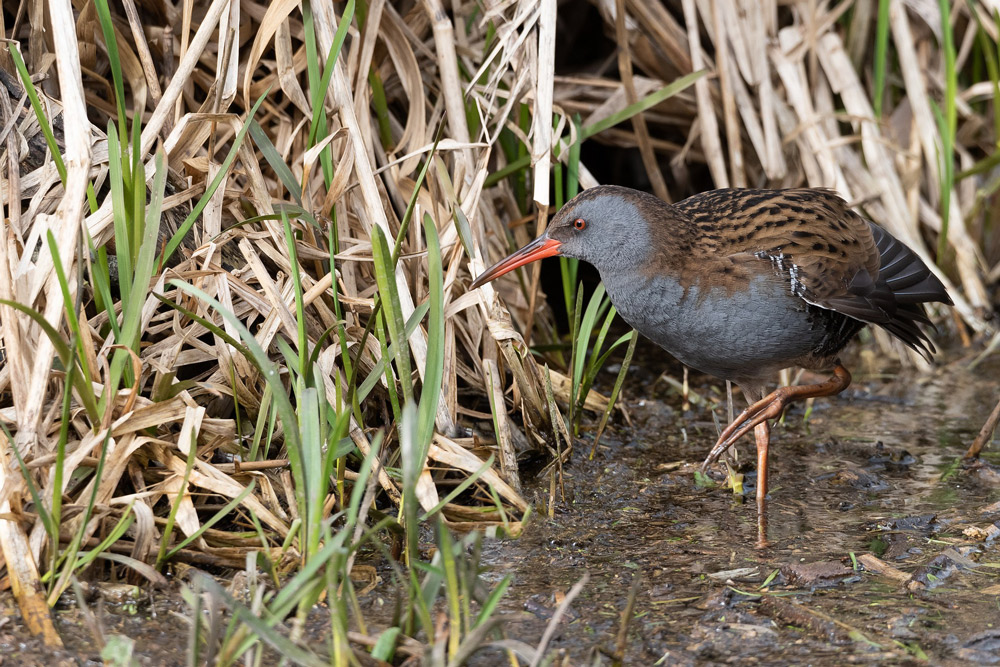Autumn has drawn to a close, and yet as I write this some of the trees are still wearing their leaves. On the one hand I have been grateful of the unexpected warmth, but on the other it was quite bewildering feeling hot and bothered while working in my November garden. It felt in Shakespeare’s words like ‘the time was out of joint’.
Today, however, winter has arrived. It is chilly and bright, and I am wrapped up in my cosy winter garb. I am strolling beside the River Stour, not only to see the extensive flooding caused by nearly a week of intermittent rain but also to retreat into the healing sounds of nature away from the tyranny of clocks, rush and everyday clamour. Here I can ‘reset’ my mind by listening to the gentle tones of trickling floodwaters and birdsong.
Although songbirds are mostly associated with springtime, winter birds can also provide an abundant overture. I have only been walking for a few minutes and already my ears become attuned to the lonely, melancholy song of a robin defending his territory. His voice sounds like the water beneath him. There are gurgles, trickles and ripples, and an occasional long still note, like a shimmering pool – a repertoire that perfectly reflects his flooded home. I can see him perched on the alder, his red breast shaking as he sings.
My feet follow the muddy path out into the open fields where a mixed flock of redwing and fieldfare are chortling from the skies overhead as they make their way along the hedgerow to decorate the treetops. Above their chatter, I can hear a green woodpecker’s harsh repetitive ‘laugh’ – a call that bestowed their country name of ‘yaffle’. Such an exotic looking bird, I just catch his undulating flight until he lands to feed upon the ground in search of eggs, larvae and invertebrates.
Further downstream, I listen to the energetic and punchy stop-start trill of a Cetti’s warbler chiming out over the still water, once only a summer migrant, now a common sound of English wetlands and waterways throughout the year. His tiny brown form lifts from his branch and flies out of sight. Such a pugnacious voice for a delicate bird.
As I walk on, I recall times with my Grandmother, an old country woman to whom I owe my ability to recognise bird calls. When I was a child, we would go out on our push bikes along the country lanes with our binoculars slung commando-style over our shoulders. We would stop in various habitats where she would encourage me to be still and quiet, so that we could listen to the sounds around us. In those days, many species were far more numerous. Although I was impatient to get back on my bike, I am grateful to her now. Recognising the calls of the wild is like hearing the voices of loved ones – old friends that have come to say hello.
Opposite the reed beds, I stop in my tracks to heed the star of the day. For there, in among the stems, a strange noise can be heard. I know it immediately as the distinctive cry of a water rail. Smaller and slimmer than a









Leave a Reply